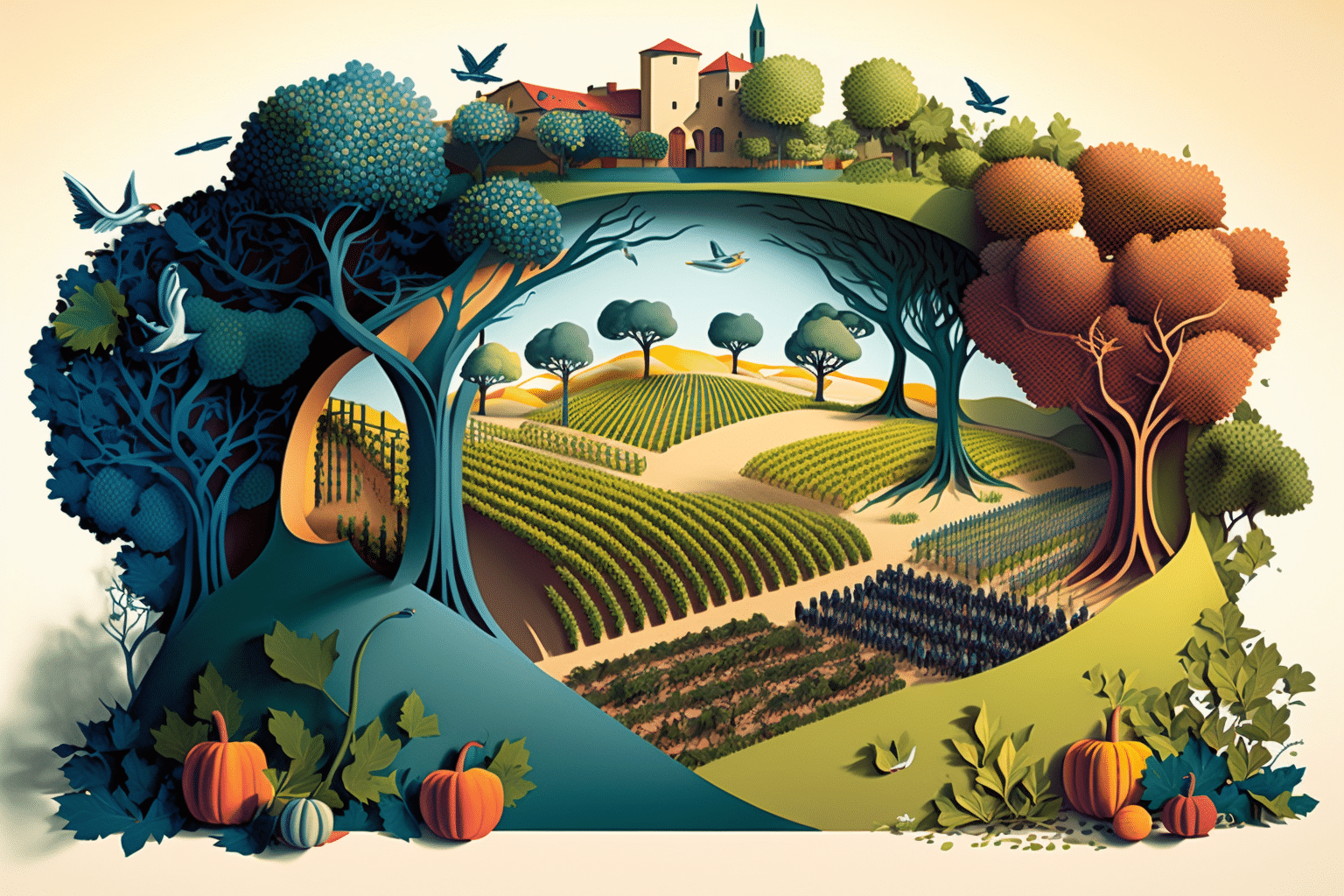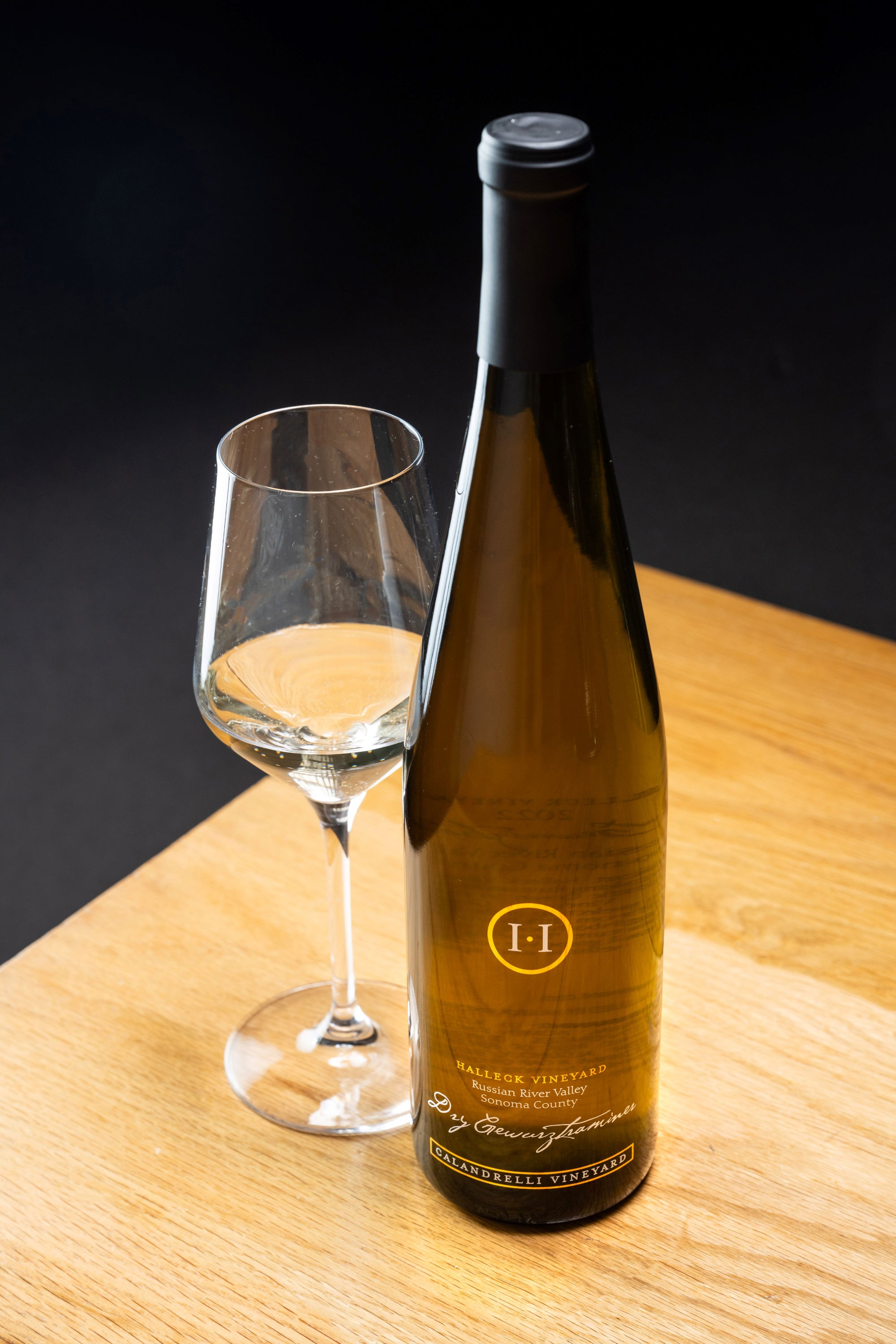Wineries Renowned For Cabernet Sauvignon In Sonoma - Vineyards In The Sonoma Region
Popular Wineries With Outdoor Seating In Sonoma - Exploring Sonoma's Wine Landscape
Wine tasting is an art that requires practice and an understanding of varied features concerned in the process. One crucial factor of wine tasting is the development and interpretation of tasting notes, which serve as a guide for each novices and seasoned connoisseurs. A Guide To Understanding Winery Wine Tasting Notes can enhance your wine-tasting experience, making it more significant and gratifying.
Tasting notes are concise descriptions that seize the essence of a wine’s flavors, aromas, and overall character. Usually composed by professional tasters, winery tasting notes offer insights into the nuances of varied wines. They can help wine enthusiasts understand what to anticipate from a particular bottle. Nevertheless, tasting notes can vary extensively in style and element based on the writer's experience and palate.
Wineries With Breathtaking Gardens In Sonoma - Top-Rated Wineries In Sebastopol
When you first approach a glass of wine, your senses will begin to interact right away. The sight, scent, and taste of the wine will converge to give you a whole experience. Tasting notes usually start with the visible assessment, where the color of the wine is taken into account. Colour plays a big function in indicating the wine’s age, grape variety, and even its flavor profile.
After assessing the visible aspect, the following step includes swirling the wine within the glass. This action aerates the wine, permitting its aromas to awaken. Smelling the wine supplies crucial insight into its complexity. The preliminary sniff can ship a flood of scents which will include fruity, floral, natural, or earthy notes. This is often essentially the most subjective part of tasting, as particular person experiences can dramatically differ.
In winery tasting notes, descriptors are often categorized into main, secondary, and tertiary aromas. Primary aromas often stem from the grape variety, secondary aromas derive from fermentation processes, and tertiary aromas come up from aging. Understanding these categories may help you respect the depth of a wine, and so they also provide the vocabulary to specific your experience better.
Family Friendly Wineries With Outdoor Spaces - Unforgettable Wine Tastings In Sonoma
Following the olfactory encounter, your focus will shift to the taste of the wine. This is where the first characteristics—sweetness, acidity, tannins, alcohol—come into play. Tasting notes often element these flavors in multiple dimensions, together with the initial attack on your palate to the lingering end in your tongue. A high-quality wine will present a harmonious steadiness between these components.
While tasting, it is important to contemplate the physique of the wine, which could be described as light, medium, or full. The body contributes considerably to your general impression, serving to you think about how the wine pairs with food or whether it stands alone as a sipping wine. Balancing the body with the opposite characteristics provides you with a fuller understanding of what the wine has to supply.
The finish of the wine, also known as the aftertaste, is one other important side typically included in tasting notes. A long, nice end often indicates a better high quality wine, whereas a brief or cloying aftertaste might suggest otherwise. Evaluating the end can offer additional insight into the wine's complexity and distinction.
Understanding the context of winery tasting notes can be valuable. Tasting notes can present contextual information about the vineyard's location, local weather, and grape-growing practices. This context provides one other layer of appreciation for the wine, permitting enthusiasts to attach the sensory experience with its origins, thus enhancing the enjoyment further.
Wineries Perfect For A Relaxing Afternoon - Sebastopol Wine Experiences
Many wineries provide tasting notes on their websites or labels, often written in an approachable but informative style. Nonetheless, not all winery tasting notes are created equal. Some may be overly technical, while others might prioritize marketing flair over insightful evaluation. Studying to navigate these notes can arm you with the data to make knowledgeable selections when deciding on wines.
Collaborating in tastings at wineries also can deepen your understanding of wine tasting notes. Interacting with knowledgeable workers may give you a more hands-on strategy to exploring totally different wines and the language used to describe them. Wineries With Locally Sourced Food Options. You'll have the chance to ask questions, have interaction in discussions, and doubtlessly refine your palate in actual time.
Experimentation is essential for mastering wine tasting notes. As you pattern totally different wines, strive making your individual notes. Focus on describing the wine’s shade, aroma, style, and finish. Over time, you’ll develop a personal vocabulary that resonates along with your sensory experiences. Every image source note you create will help refine your palate, permitting you to appreciate wines at a deeper level.
Breathtaking Views From Sonoma Wineries - Vineyard Tours In Sebastopol
In conclusion, a Guide To Understanding Winery Wine Tasting Notes provides a complete framework for diving into the world of wines. It equips you with the methods and language essential to articulate your experiences. Whether you are a casual drinker or a dedicated aficionado, understanding and utilizing tasting notes can profoundly impact your wine journey. This knowledge not solely enhances your enjoyment but also connects you deeply with the rich narratives each bottle tells. By embracing this journey, you become part of the gorgeous mosaic of wine culture, where every sip unveils a new story ready to be discovered.
- Wine tasting notes sometimes embody a big selection of sensory descriptions, together with aroma, flavor, acidity, physique, and end, allowing tasters to fully appreciate the wine's characteristics.
- To improve your understanding, familiarize yourself with common wine terminology similar to "tannins," "oakiness," or "terroir," which may help decipher the notes more effectively.
- A systematic approach to tasting includes first visually assessing the wine's colour and clarity, followed by swirling to release aromas, then inhaling and describing what you experience.
- Taking notes during tasting may help establish patterns over time, bettering your palate and making it simpler to recall preferences for future choices.
- Don't overlook the influence of food pairings; tasting notes can differ greatly when a wine is loved with complementary flavors, altering notion and delight.
- Pay consideration to the wine’s vintage, as weather conditions in a given 12 months can considerably have an effect on the final product, adding another layer to the tasting notes.
- Think About the winemaker's style and philosophy, which can form the wine's profile and influence how its notes evolve with each sip.
- Practicing with different grape varieties can broaden your vocabulary; every sort brings unique traits that can improve your capability to articulate tasting notes effectively.
- Participating with wine professionals or attending tasting events can present valuable insights, providing a richer context for understanding personal tasting notes.
- Keep In Mind that tasting is subjective; individual preferences and experiences will form one’s interpretation of the same wine, enriching the general enjoyment of wine exploration.
What are wine tasting notes?
Wine tasting notes are descriptive comments made by tasters concerning the look, aroma, taste, and end of a wine. They provide an summary of the wine's traits and can help consumers understand the style and quality of the wine.
Wineries With River Views - The Beauty Of Sebastopol Wineries
Why are tasting notes necessary when deciding on wine?
Tasting notes can guide you in choosing a wine that suits your palate. They present insights into flavors and aromas, helping you to match wines with food or occasions. Understanding these notes enhances your overall wine experience.
How ought to I read wine tasting notes?
(Beautiful Picnic Areas At Sonoma Wineries)
Romantic Winery Destinations In Sebastopol - Best Wineries In Sonoma For A Wine Experience

When reading wine tasting notes, pay consideration to the construction: look for descriptions of shade, aroma, flavor, and finish. This will assist you to grasp the wine's profile and decide if it aligns with your preferences.
What phrases generally appear in wine tasting notes?
Frequent phrases include "tannin" (the structure), "acidity" (the crispness), "physique" (the weight), and varied flavor descriptors like "fruity," "earthy," or "spicy." Familiarizing yourself with these terms can deepen your understanding of wine.
Wineries With Outdoor Seating - Exploring The Vineyards Of Sonoma

Can I create my own tasting notes?
Yes! Writing your own tasting notes can enhance your wine tasting experience. Focus on your observations of style, aroma, and different sensory traits. This personal practice might help you refine your palate over time.
How do I determine the aromas in wine tasting notes?
Vineyard Tours With Guided Tastings In Sonoma - Scenic Wineries Of Sebastopol
To identify aromas, practice smelling a variety of scents and associating them with wines. Swirl the wine in your click here for more glass to release its aromas, then take a moment to breathe in deeply earlier than figuring out any distinguished scents.
What is the difference between professional and private wine tasting notes?
Professional tasting notes may use more technical language and particular terminology, while personal tasting notes are subjective and mirror particular person experiences. Each are valuable for understanding and having fun with wine, however personal notes may resonate more along with your unique tastes.
How can tasting notes improve my wine appreciation?
Celebrated Winemakers To Discover In Sonoma - Family-Owned Wineries In Sonoma
Tasting notes can improve your appreciation by helping you to grasp and articulate the complexities of wine. They encourage aware tasting and provide a framework for comparing completely different wines, resulting in a richer enjoyment of the beverage.
Are there any apps or instruments to help with wine tasting notes?
Yes, there are a quantity of apps designed to assist users record and manage their tasting notes. These instruments usually supply features like flavor wheel guides and wine database searches, making it easier to track your journey by way of completely different wines.